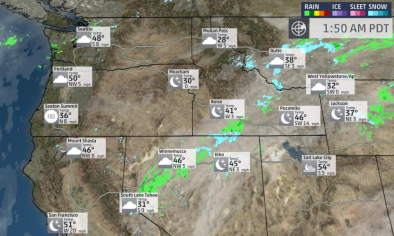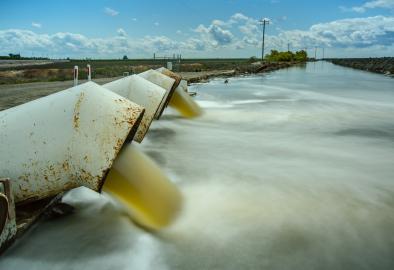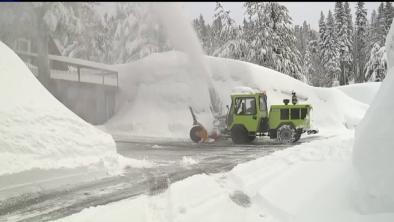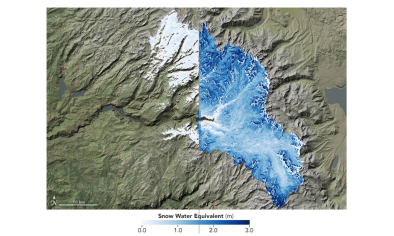Science Source
Detection and Attribution of Streamflow Timing Changes to Climate Change in the Western United States
- Applies formal detection and attribution techniques to investigate the nature of observed shifts in the timing of streamflow in the western United States
- States that previous studies have shown that the snow hydrology of the western United States has changed in the second half of the twentieth century, manifesting themselves in the form of more rain and less snow, in reductions in the snow water contents, and in earlier snowmelt and associated advances in streamflow “center” timing (the day in the “water-year” on average when half the water-year flow at a point has passed)
- Uses observations together with a set of global climate model simulations and a hydrologic model (applied to three major hydrological regions of the western United States—the California region, the upper Colorado River basin, and the Columbia River basin)
- Finds that the observed trends toward earlier “center” timing of snowmelt-driven streamflows in the western United States since 1950 are detectably different from natural variability (significant at the p < 0.05 level)
- Finds that the nonnatural parts of these changes can be attributed confidently to climate changes induced by anthropogenic greenhouse gases, aerosols, ozone, and land use
- Finds that the signal from the Columbia dominates the analysis, and it is the only basin that showed a detectable signal when the analysis was performed on individual basins
- Notes that although climate change is an important signal, other climatic processes have also contributed to the hydrologic variability of large basins in the western United States
Related Content
Headline

May 15, 2017 | The Weather Channel
With More Snow on the Way, Some Western Snowpack is Still at Record Mid-May Levels
Headline

May 5, 2017 | Los Angeles Times
Central California towns in trouble if Sierra snowpack melts too fast
Headline

Apr 30, 2017 | The Washington Times via Associated Press
Heat wave melting record snowpack in Northern California
Headline

Apr 26, 2017 | Climate Central
California Got More Snow This Winter Than Past 4 Total


